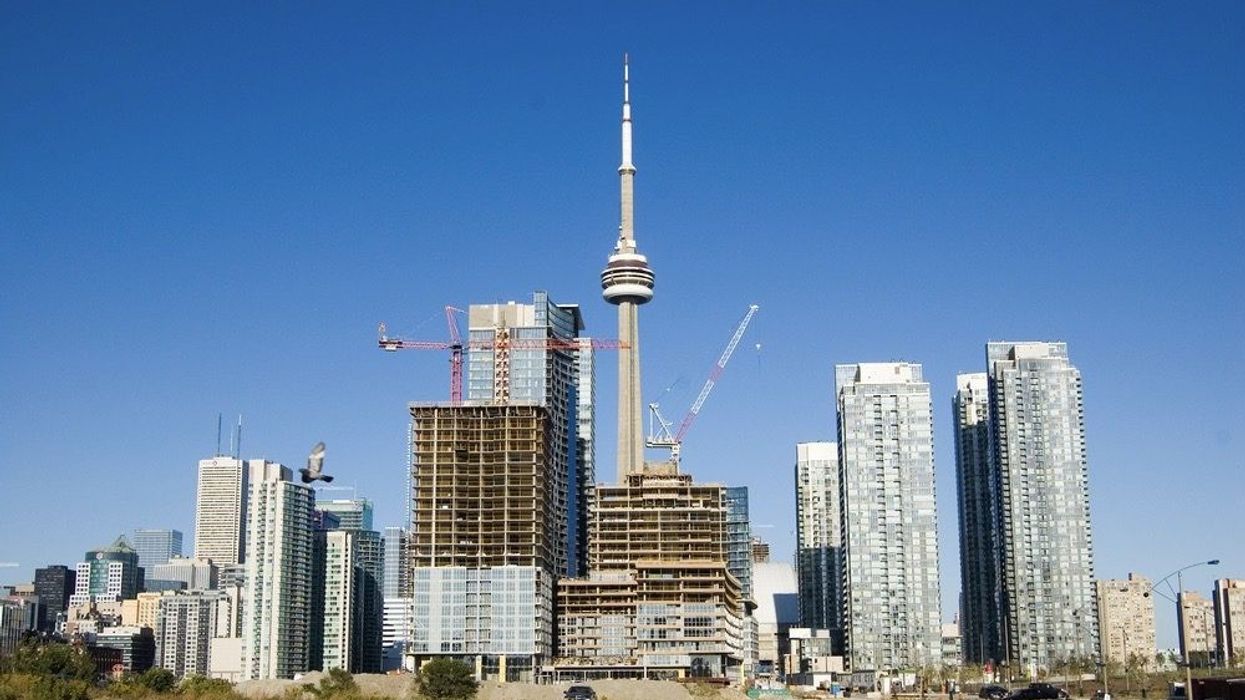The common narrative that there's a housing supply shortage in Canada doesn't appear to hold true in the country's most populous city. Census data released by Statistics Canada revealed that more than 92,000 dwellings in Toronto are not permanently occupied.
Toronto is home to a grand total of 1,253,238 private dwellings, according to the 2021 census findings, but only 1,160,892 of those dwellings are considered occupied by "usual residents" -- a person or a group of persons who are permanently residing there. This number accounts for private dwellings where the residents may be temporarily absent, but does not include short-term rentals or homes whose occupant has a primary residence elsewhere. That leaves a grand total of 92,346 Toronto dwellings without usual residents, which is roughly 7.4% of all dwellings -- a noticeable increase from 5.6% seen in 2016.
According to the census, Toronto's population has grown to 2,794,356, which is a bump of nearly 63,000 people from 2016's census count. Of that, 2,761,285 Torontonians are living in private households, leaving just over 33,000 residents with no private home -- significantly lower than the number of dwellings without primary occupants.
These numbers are in line with recent claims from industry experts that the idea of addressing the housing supply shortage, particularly in Canada's major cities, isn't as much of a key factor to addressing the housing crisis as some may think it is. In a recent report entitled "Could We PLEASE Stop With This Supply Myth?" BMO Chief Economist Doug Porter took aim at the federal 2022 budget, which put a heavy focus on creating new supply through a variety of housing initiatives.
"Yes, we should do all we can to encourage supply; but there is more at work here than that," Porter wrote.
In fact, in Toronto, new supply is outpacing population growth. From 2016 to 2021, the population increased by 62,785, meanwhile the number of dwellings jumped by 74,181. Despite similar trends having been seen across all Ontario, the provincial government's recent housing plan put an enormous focus on cutting red tape at the municipal level to accelerate housing development. A report released last month by The Union of British Columbia Municipalities, which looked at supply levels all across Canada, cautioned against this approach.
"It is not uncommon in the current climate of debate to hear assertions that fixing housing is a simple matter of supply and demand," the report reads. "There is nothing simple about housing policy, and simple solutions are likely to be ineffective... A narrow focus on local government development approval processes or a poorly defined notion of the supply that is needed, without addressing other elements and participants in the housing system, risks missing important opportunities to improve affordability."
The census information comes in the wake of the City of Toronto implementing a vacant home tax. The tax, payable beginning in 2023, will require all property owners who have a non-primary residence that's been unoccupied for more than six months of the previous calendar year to pay a tax equal to 1% of the home's assessed value. This means that the owner of a vacant home with an assessed value of $1M would be subject to a $10,000 tax. Some exemptions will apply, including the owner’s death, if the homeowner is under medical care, or the home is undergoing renovation.





















